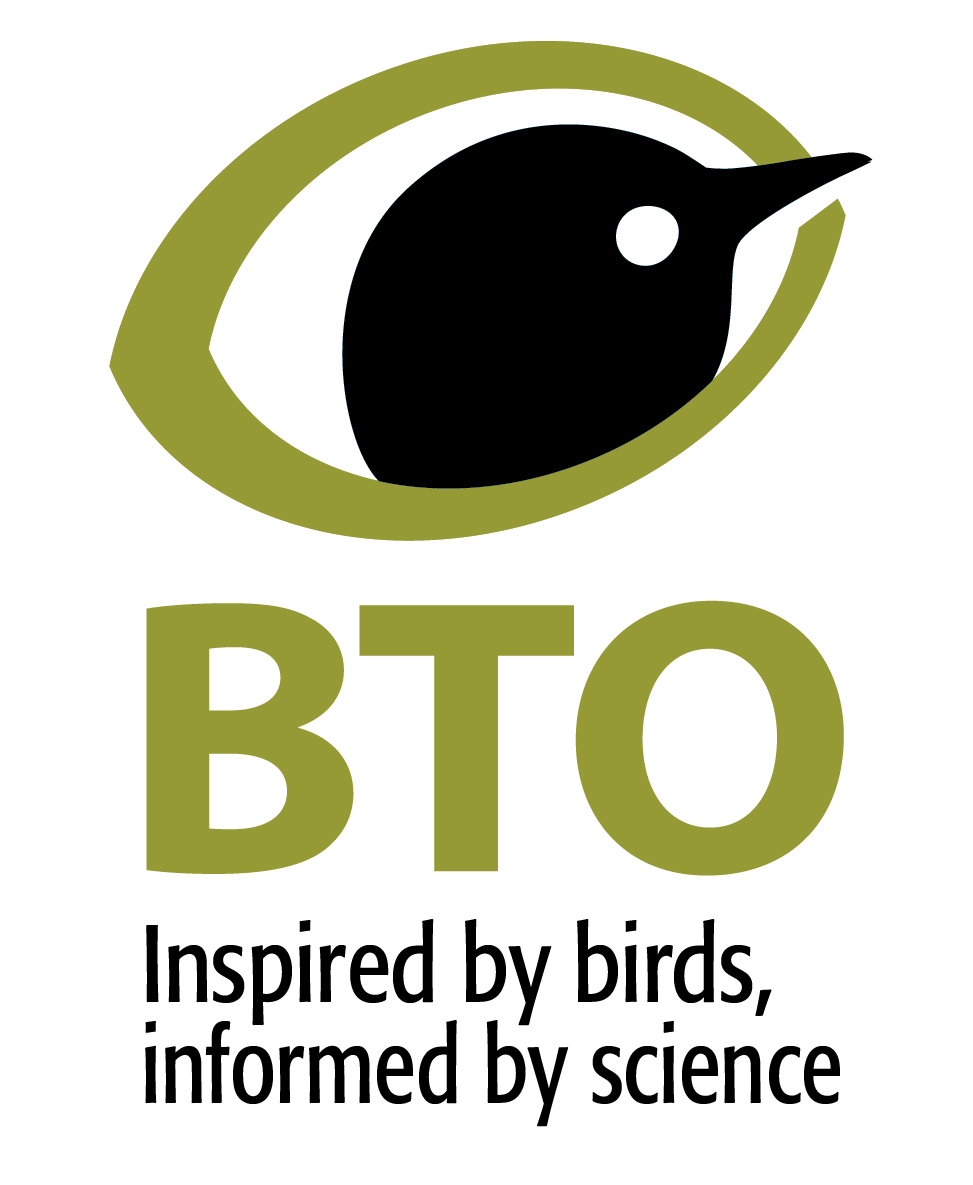Before fieldwork began the full River Thame catchment was mapped and each of the 2km Tetrads listed and given local names. This contained all Tetrads where they are either wholly or partly contained within the catchment boundary.
Each of the 2km Tetrads were set up as recording sites on a new BirdTrack account set up by BTO for RTCT for the Atlas project.
The Atlas methodology was designed to mirror Bird Atlas 2007-11. The core field work focused on Timed Tetrad Visits (TTVs). This involved two survey visits to each Tetrad in the winter period (November 1st - February 28th) and then two survey visits in the spring/summer period (April 1st - July 31st).
Volunteers were asked to walk a route that covered as much of the habitat typical of the Tetrad as possible in the time they had available and to cover a similar route on each of the four visits. Volunteers collected a full species list and full count for each species. Most also entered evidence of breeding using standard BTO codes.
To ensure consistency of effort in comparison with Bird Atlas 2007-11 data no Roving Records were gathered (nor included in the data analysis). Not every volunteer entered full breeding codes for all visits and so these haven’t been included in the analysis but are available for future analysis if required.

BirdTrack is organised by the BTO for the BTO, RSPB, BirdWatch Ireland, SOC and WOS